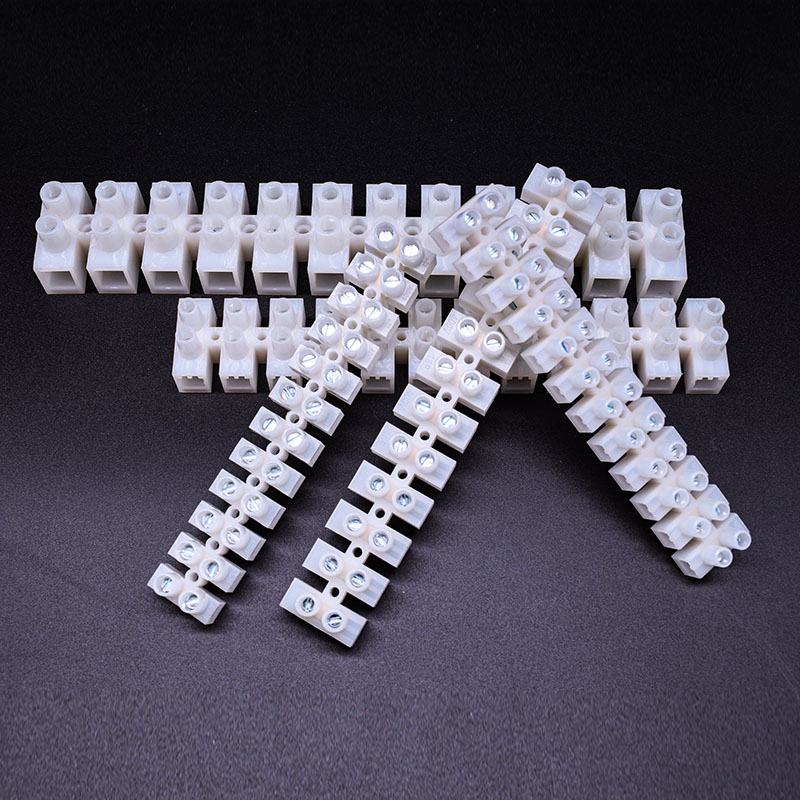
In the intricacies of electrical engineering and circuitry, where precision and reliability are paramount, feed-through terminals emerge as unsung heroes. These small yet indispensable components play a crucial role in facilitating seamless electrical connectivity, ensuring efficiency, security, and flexibility in a wide array of applications. Let us delve into the world of feed-through terminal blocks to uncover their meaning and versatility.
Understanding Feed Through Terminal Blocks:
A feed-through terminal block, also known as a pass-through terminal block, is an electrical connector designed to securely and efficiently terminate and route wires or conductors through a panel or enclosure. They provide a means of connecting wires from one side of a terminal block to the other, allowing for the easy distribution of power or signals within a circuit.
Features and Construction:
Feed-through terminal blocks typically consist of rugged insulating housing made of polyamide (nylon) or thermoplastic, ensuring durability and resistance to environmental factors. The housing consists of metal contact inserts, often made of copper alloy or brass, that provide a reliable electrical connection. These inserts feature screw or spring clamp mechanisms to secure the wires in place, allowing for quick and secure installation without soldering or special tools.
Benefits and Applications:
The versatility and reliability of feed through terminal blocks make them indispensable in a wide range of industries and applications. Some of the key benefits and applications include:
Ease of Installation: Feed through terminal blocks streamlines the wiring process, allowing for quick and straightforward installation of electrical connections. The screw or spring clamp mechanism enables easy insertion and secure fastening of the wire, reducing installation time and labor costs.
Space Optimization: Feed-through terminal blocks offer efficient space utilization in compact or densely populated electrical panels or enclosures. Their compact design and ability to accommodate multiple wires in a single terminal block help optimize space and simplify wiring layouts.
Flexibility and Adaptability: Feed-through terminal blocks support a wide range of wire sizes and types, providing flexibility and adaptability in diverse applications. Whether used in power distribution, control systems, or signal transmission, these terminal blocks can accommodate a variety of wire gauges and configurations, ensuring compatibility with different components and devices.
Reliability and Safety: With robust construction and secure wire connections, feed-through terminal blocks offer high reliability and safety in electrical systems. They provide excellent electrical conductivity and insulating properties, minimizing the risk of electrical faults, short circuits, and other potential hazards.
Industrial Automation: Feed through terminal blocks plays a crucial role in industrial automation and control applications, where reliable electrical connections are essential for the efficient operation of machinery and equipment. From manufacturing and robotics to process control and instrumentation, these terminal blocks provide a dependable solution for wiring and connectivity needs.
Conclusion:
In the tangled web of electrical systems and circuits, feed-through terminals act as silent guardians of connectivity, facilitating seamless communication and power distribution with precision and reliability. From industrial automation to business infrastructure and beyond, these versatile components play a vital role in powering the modern world, quietly enabling innovation and progress one connection at a time.


